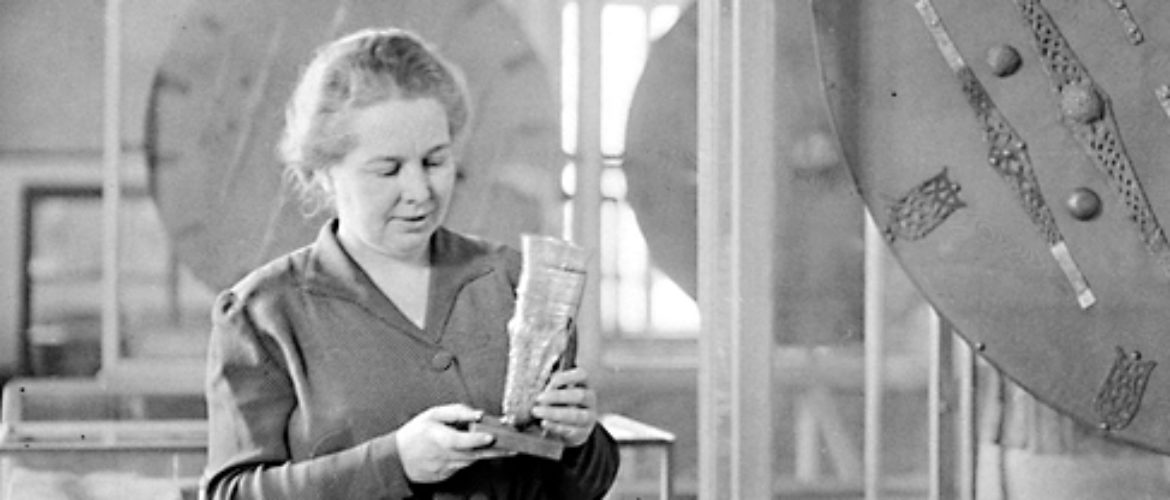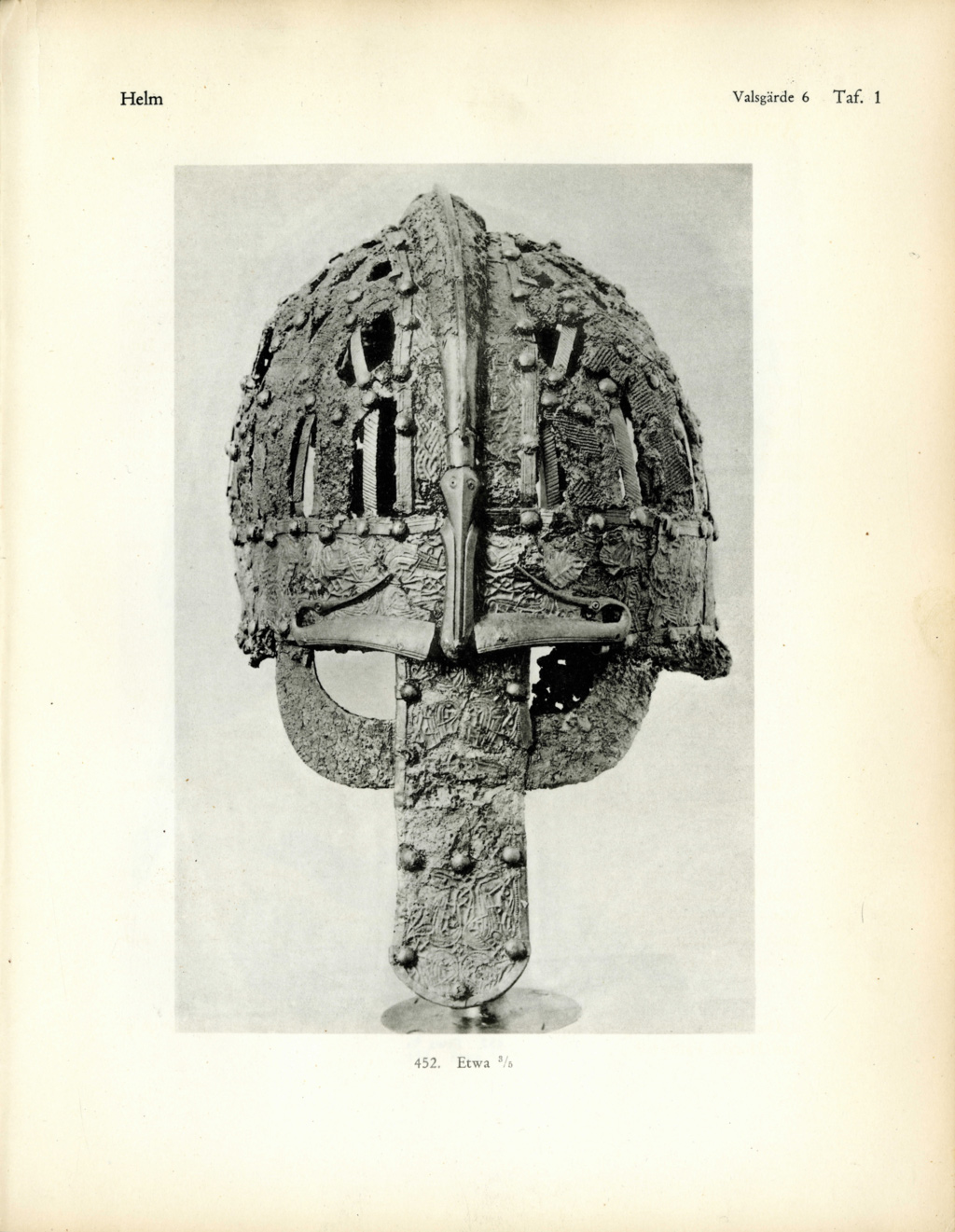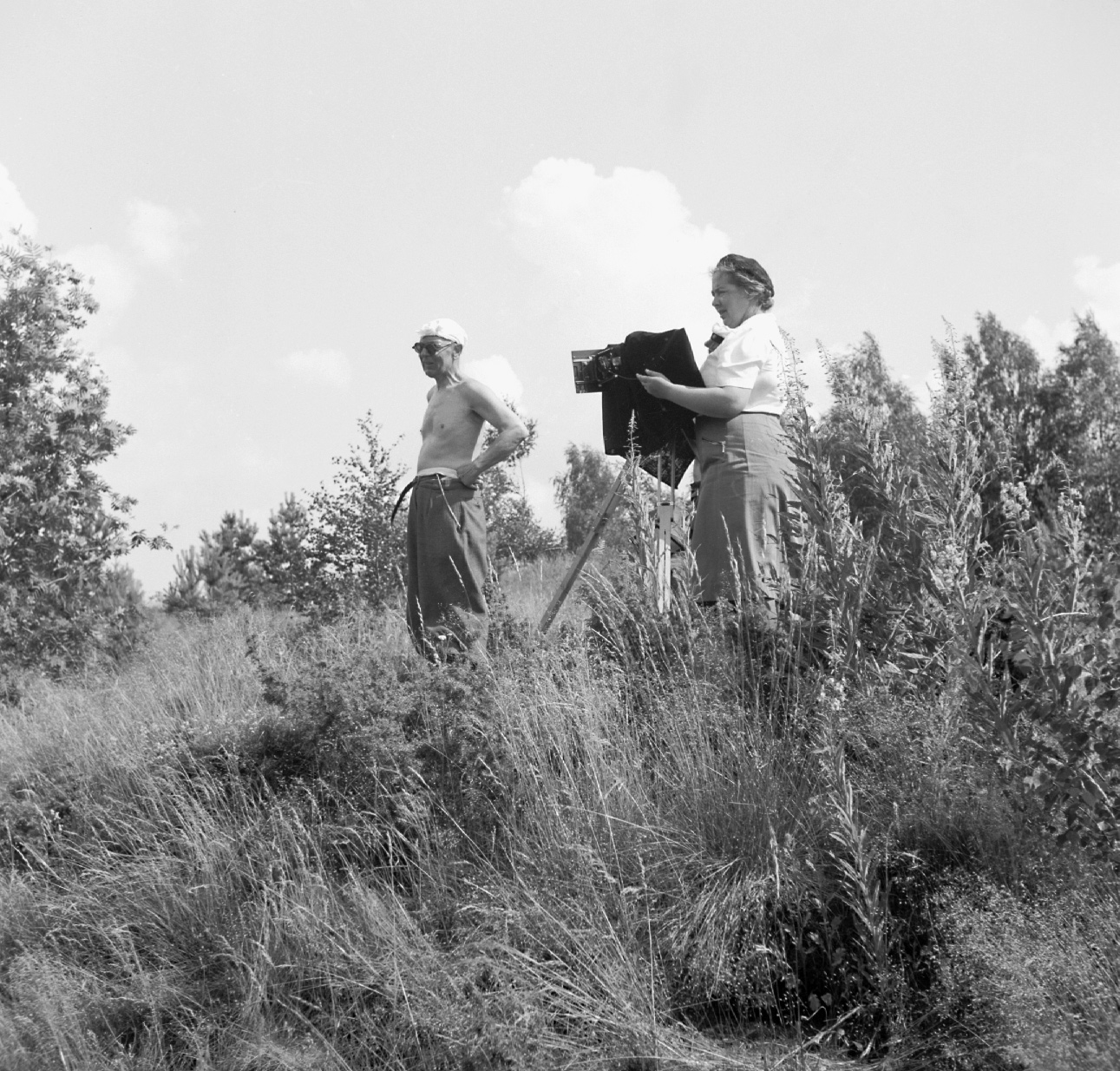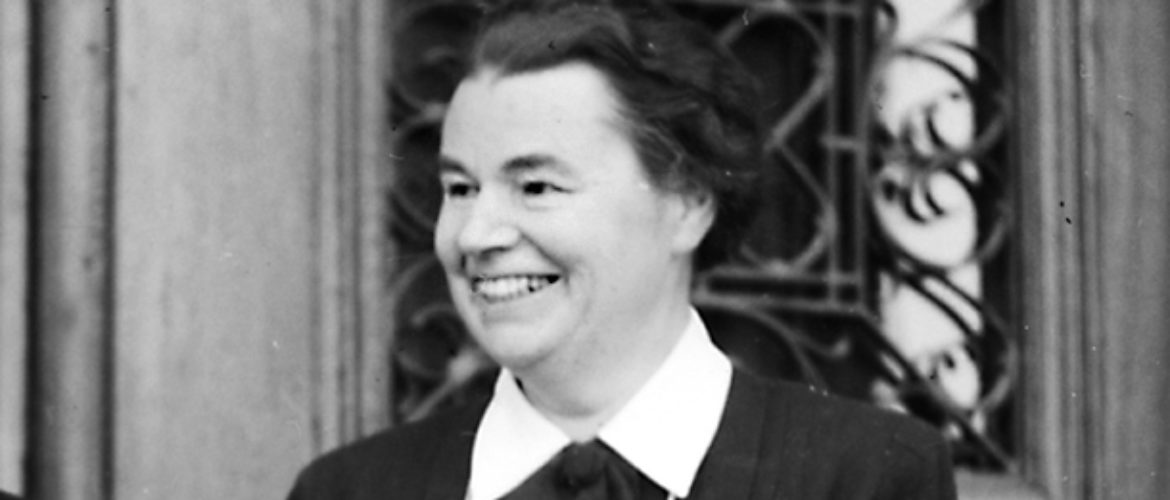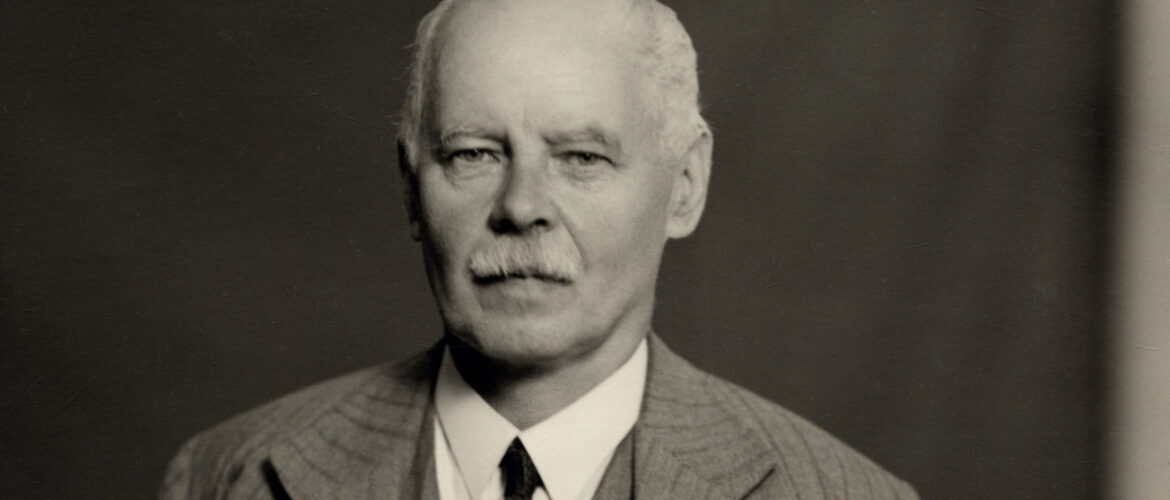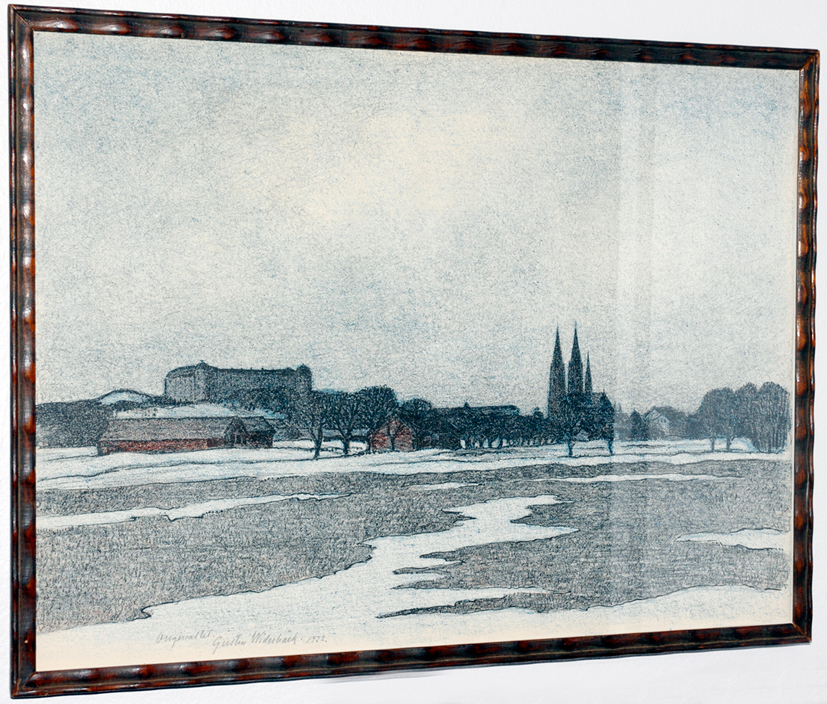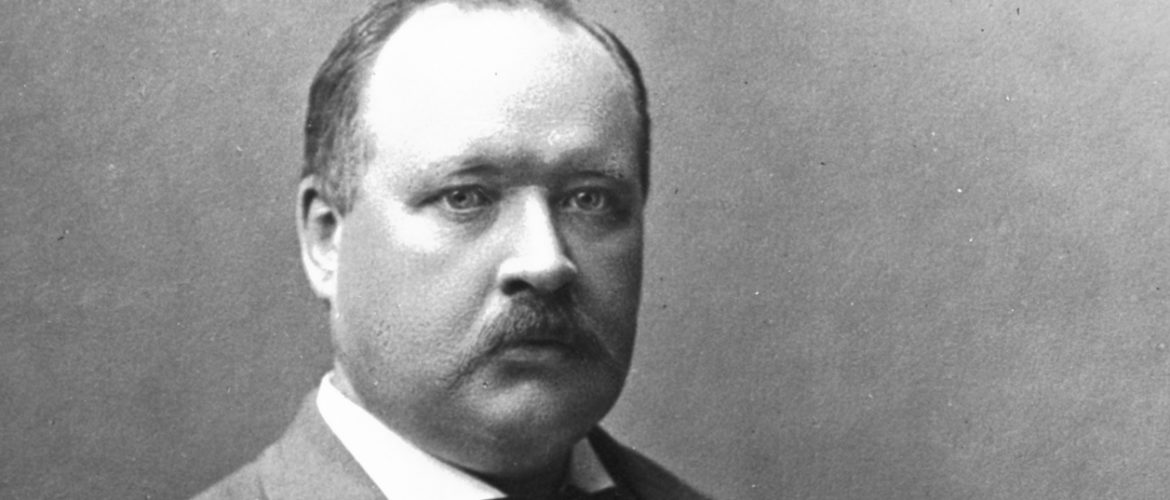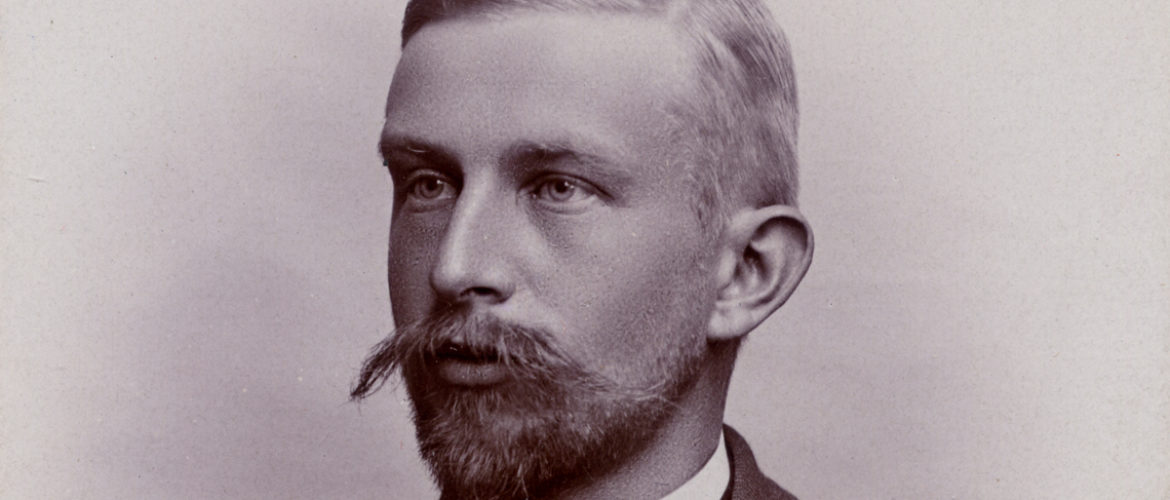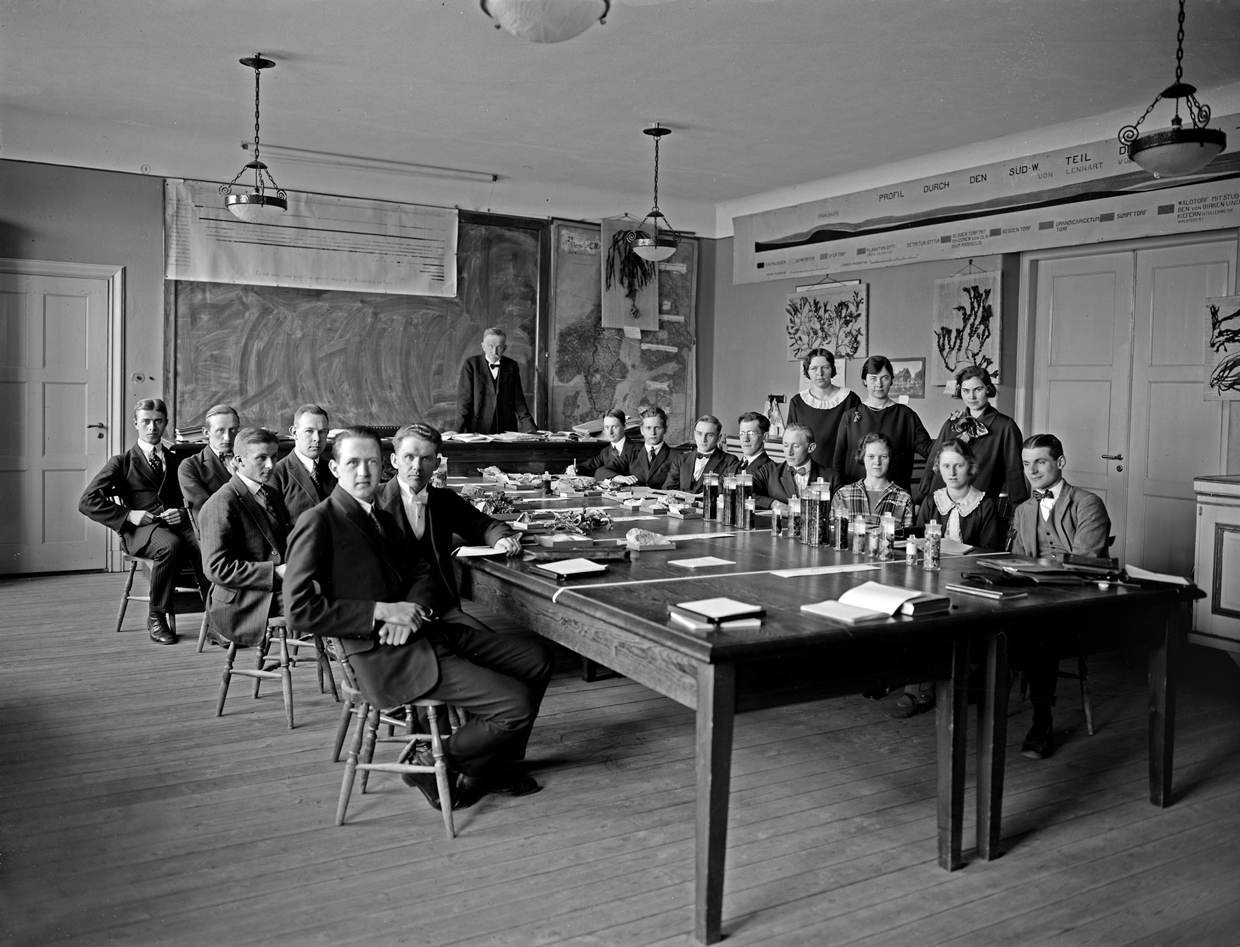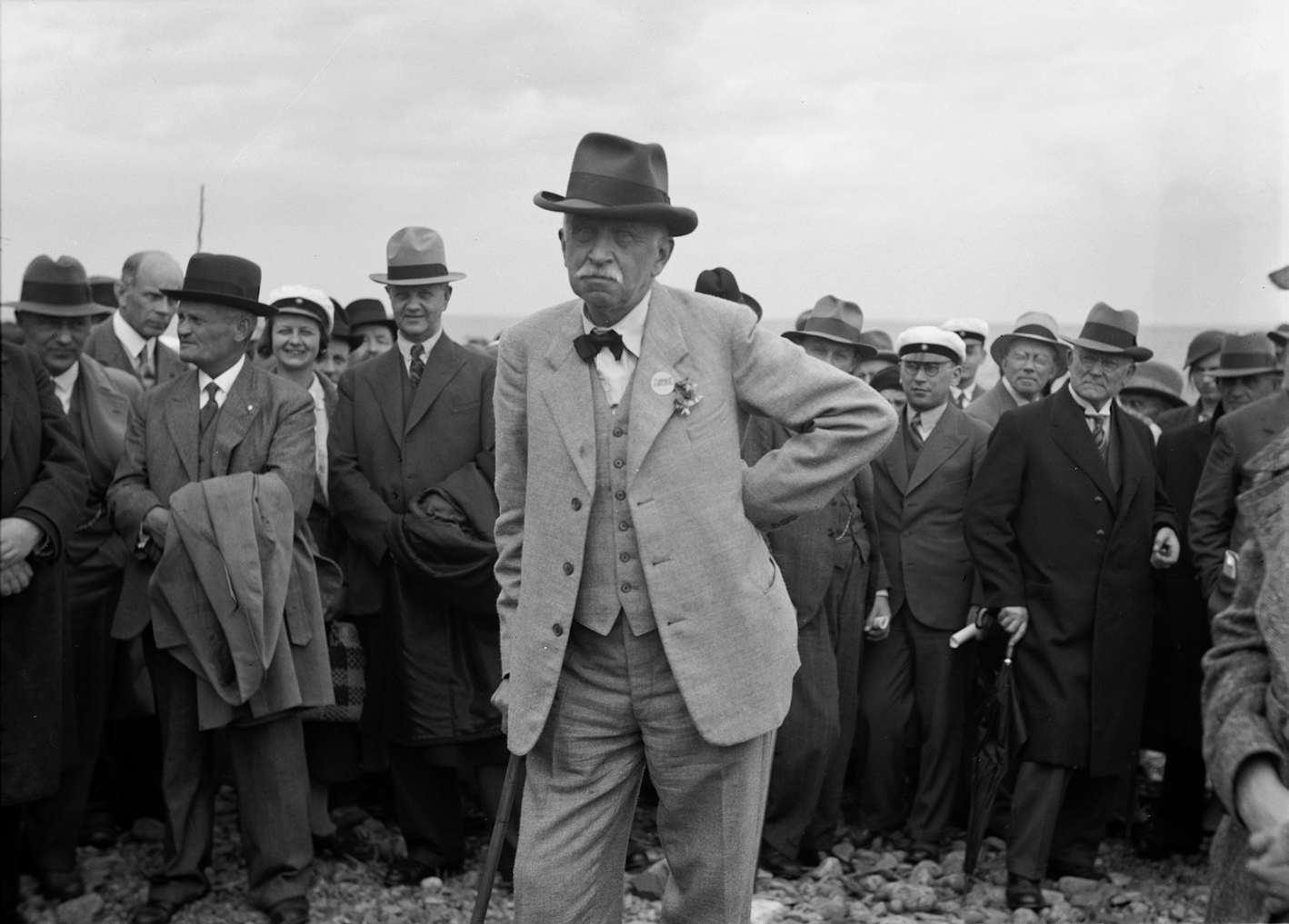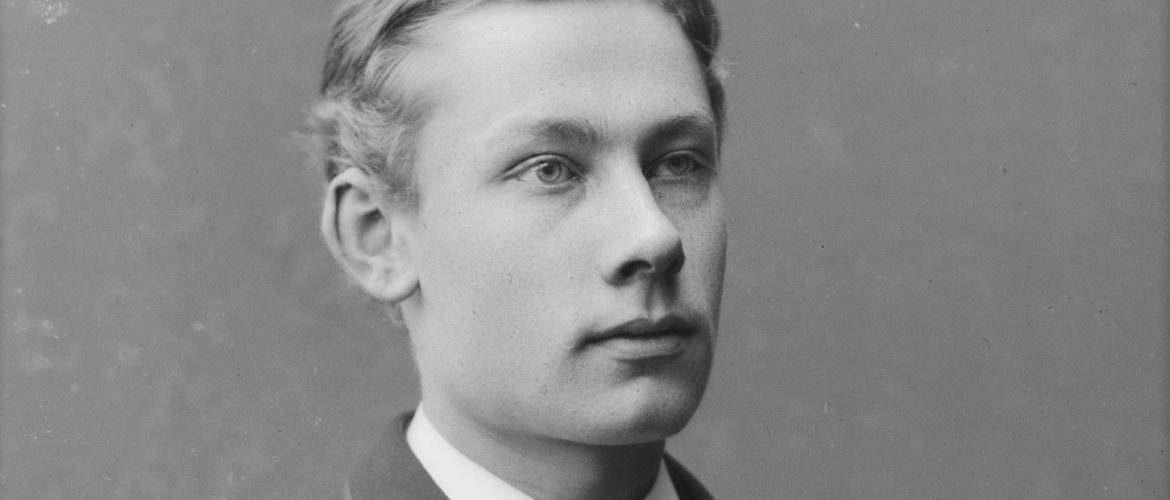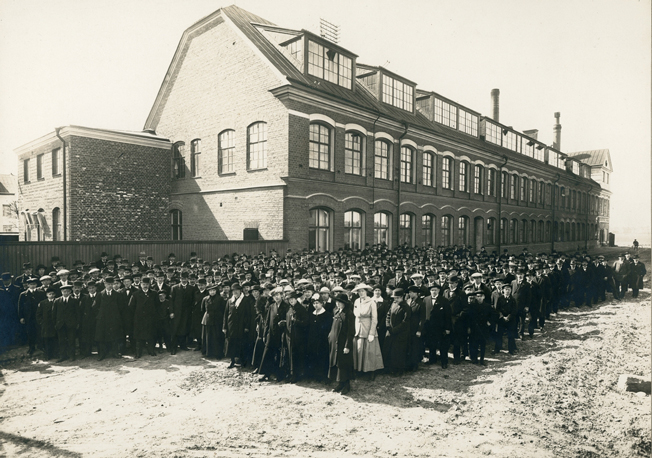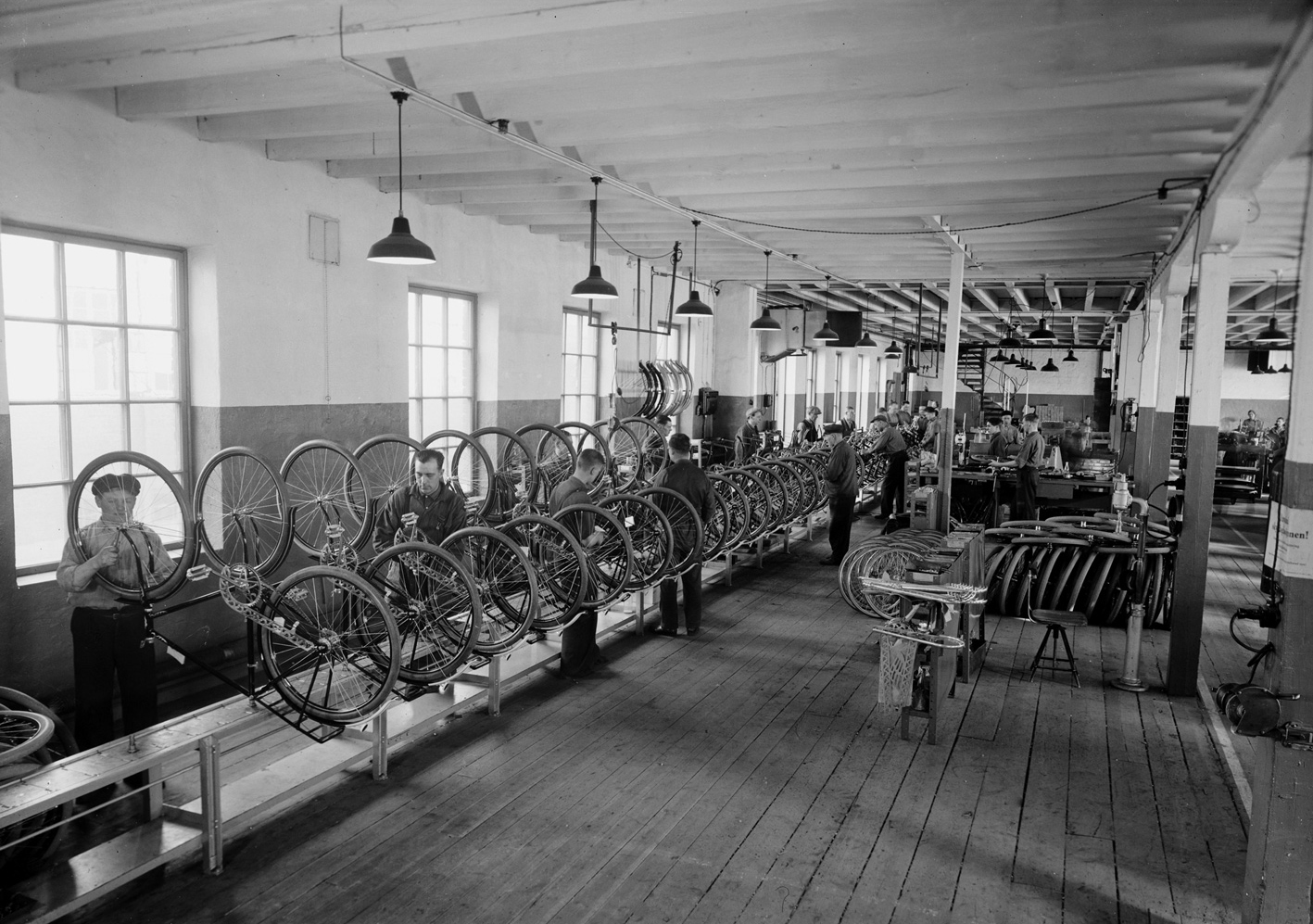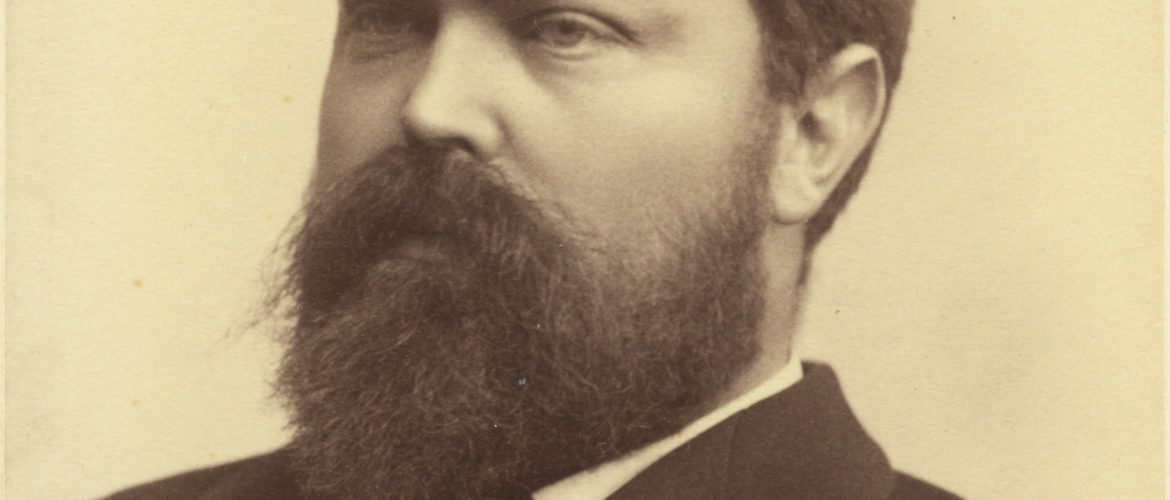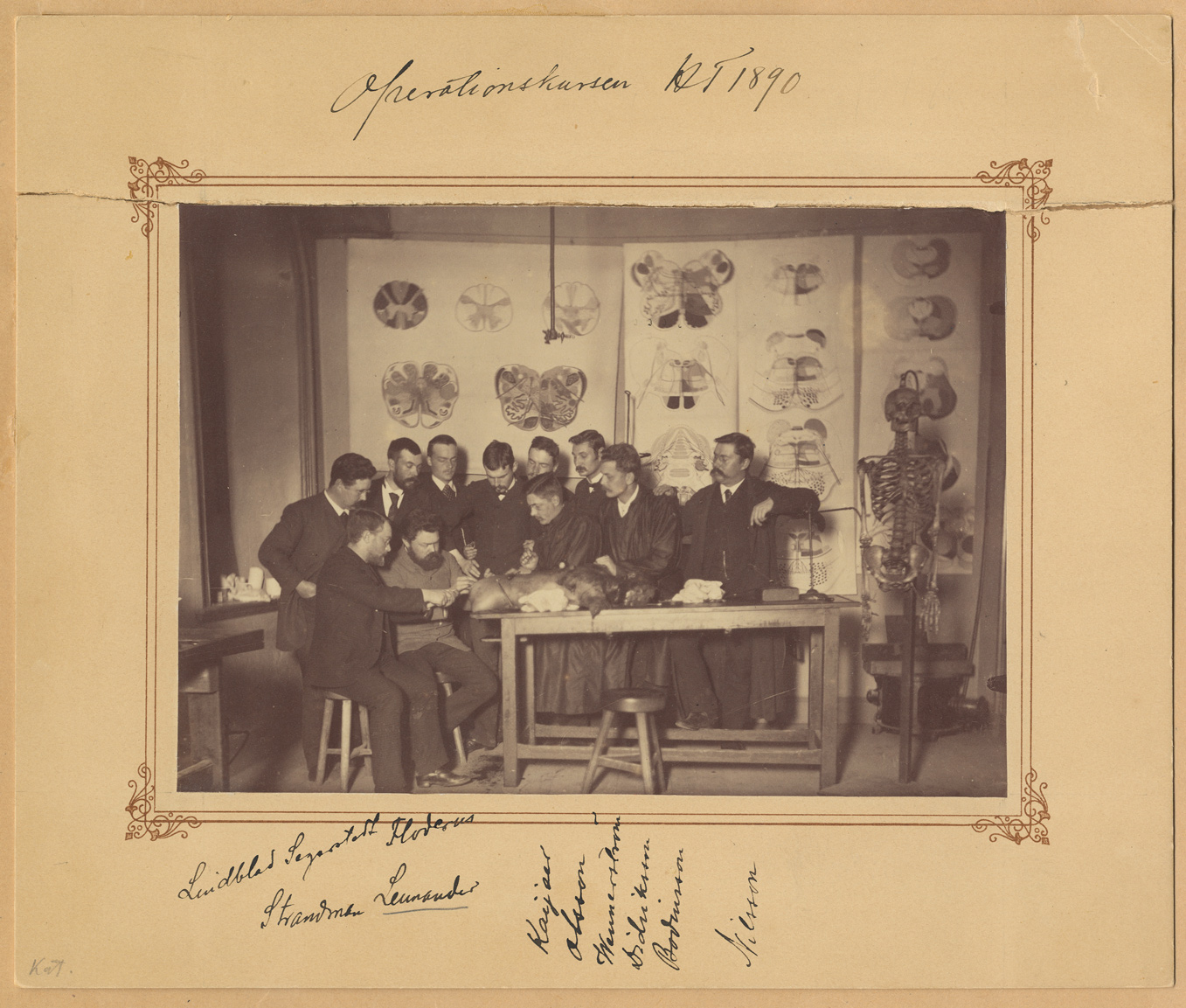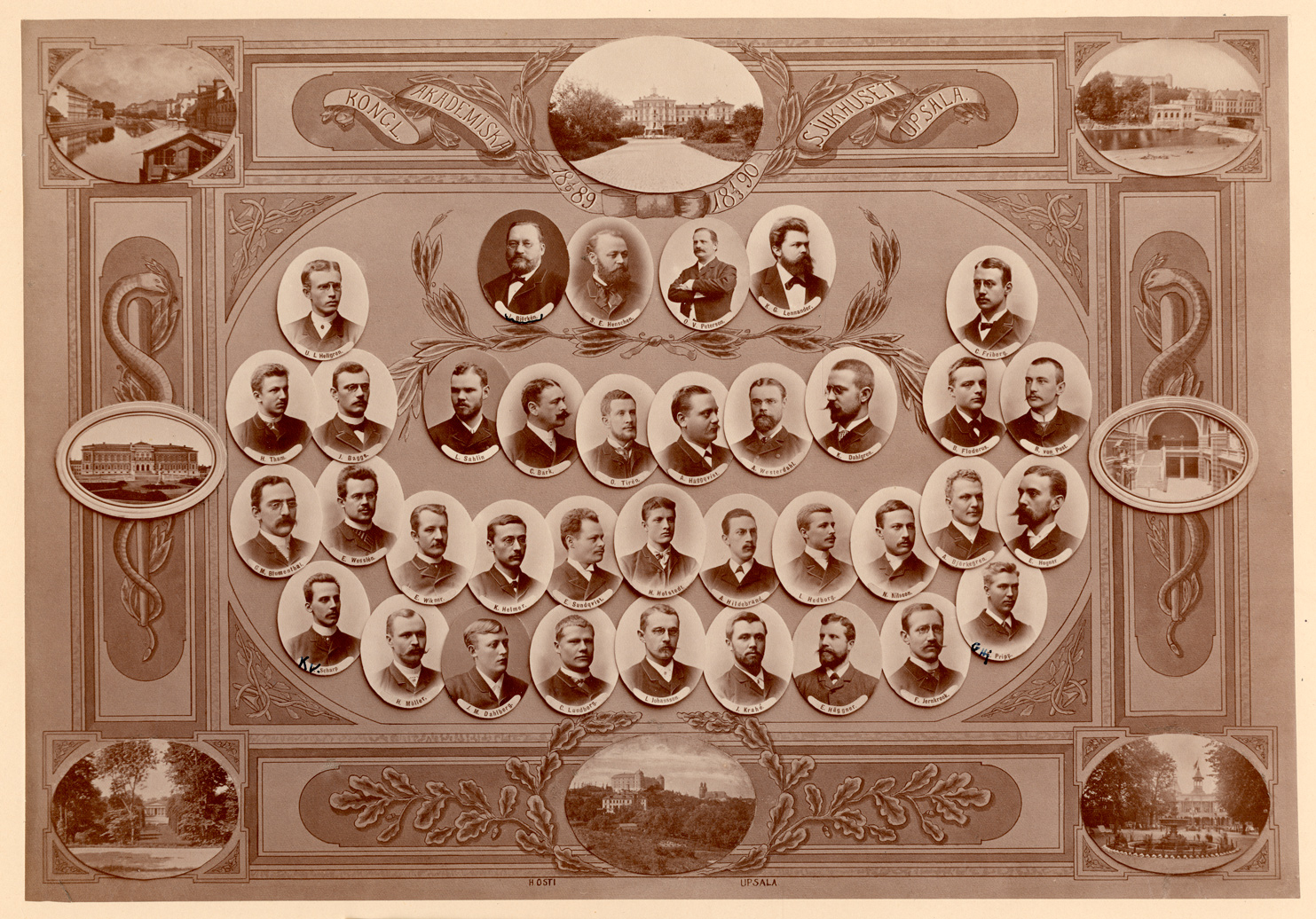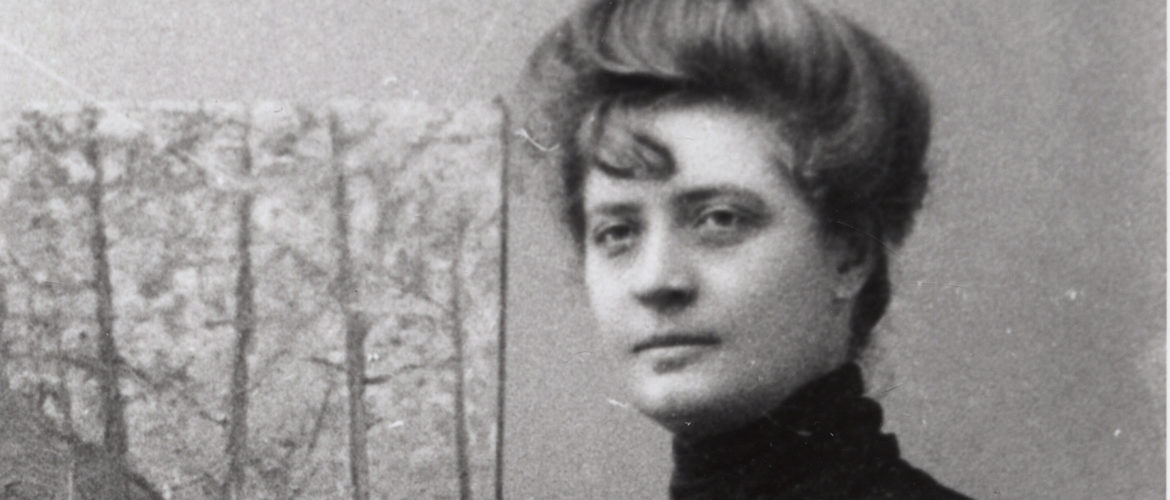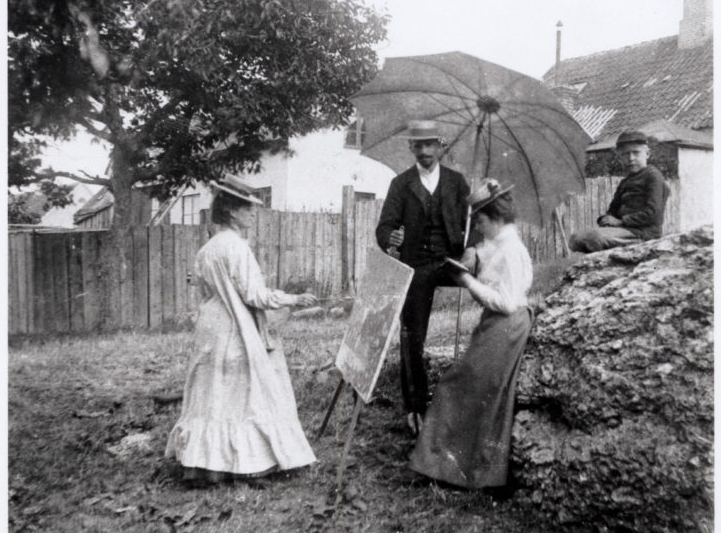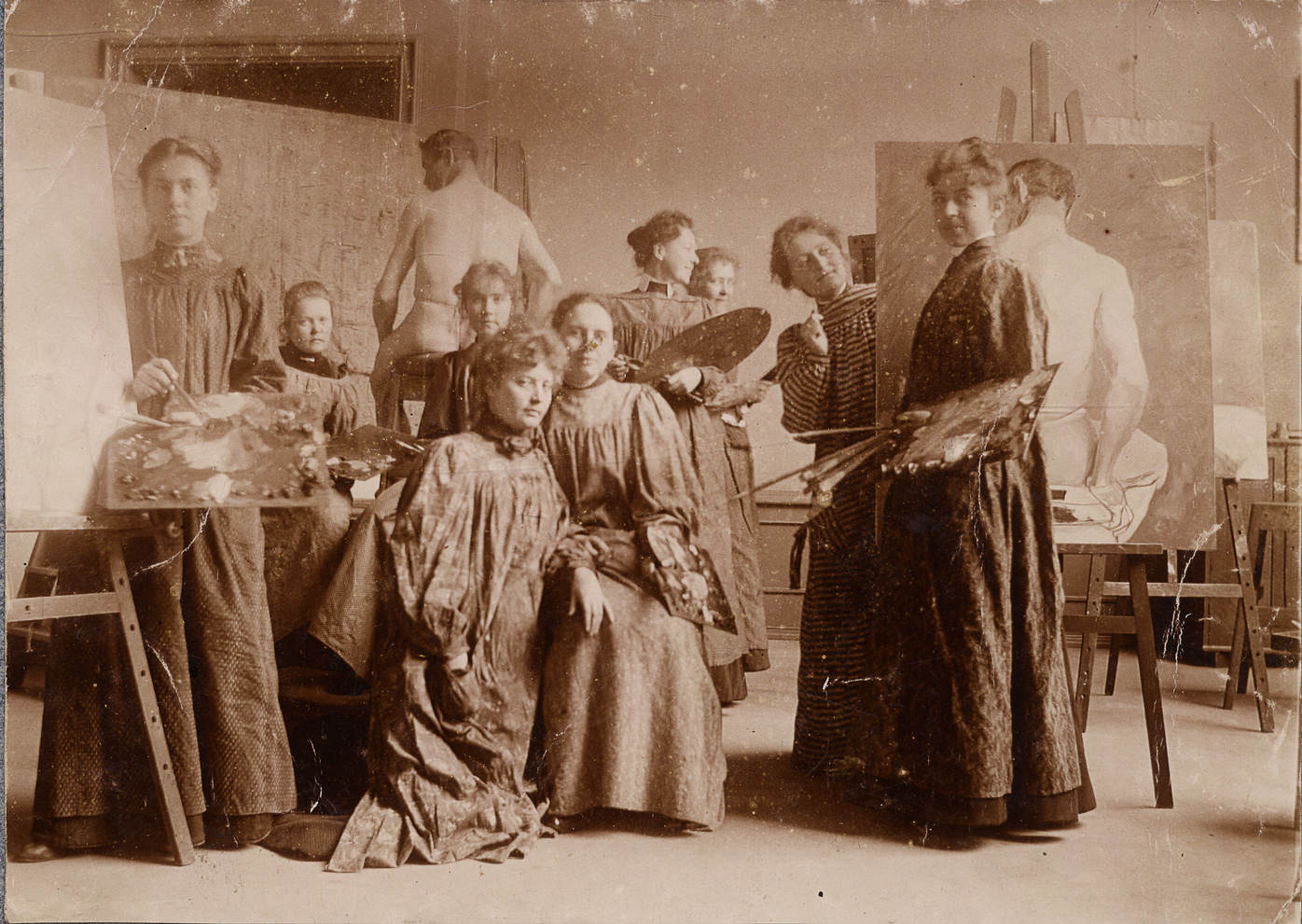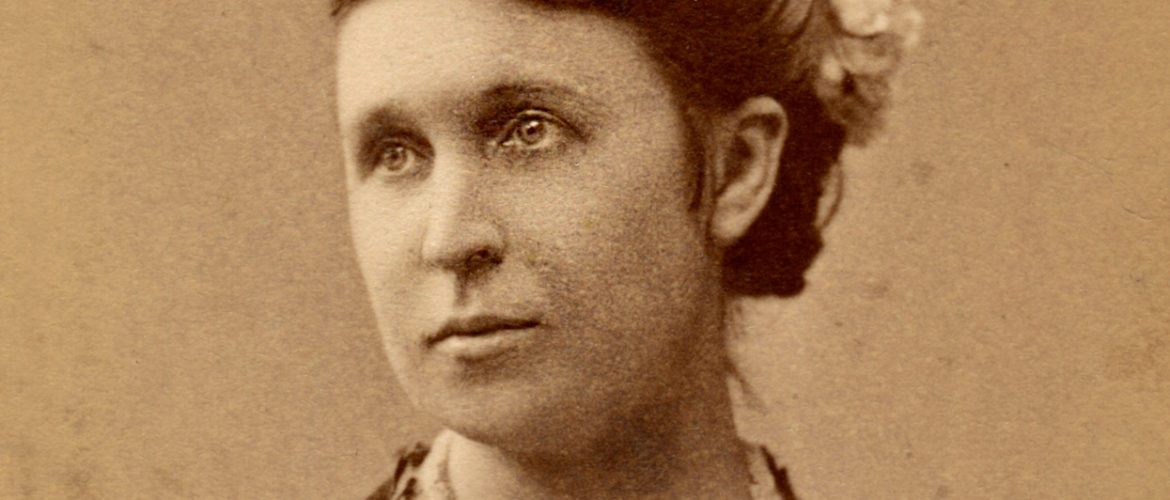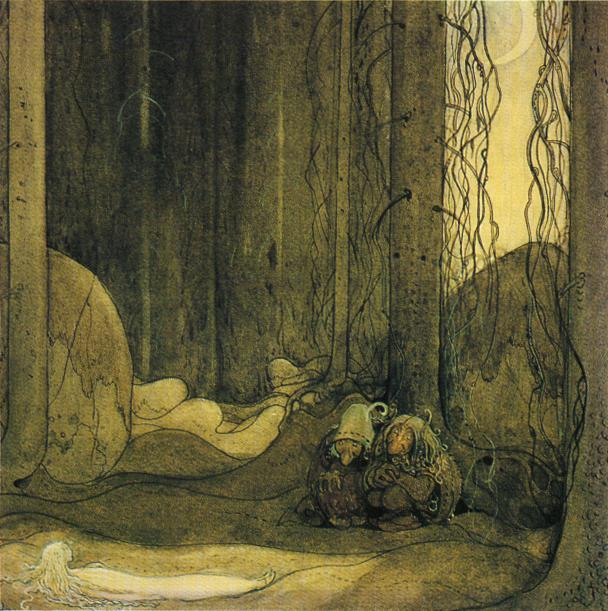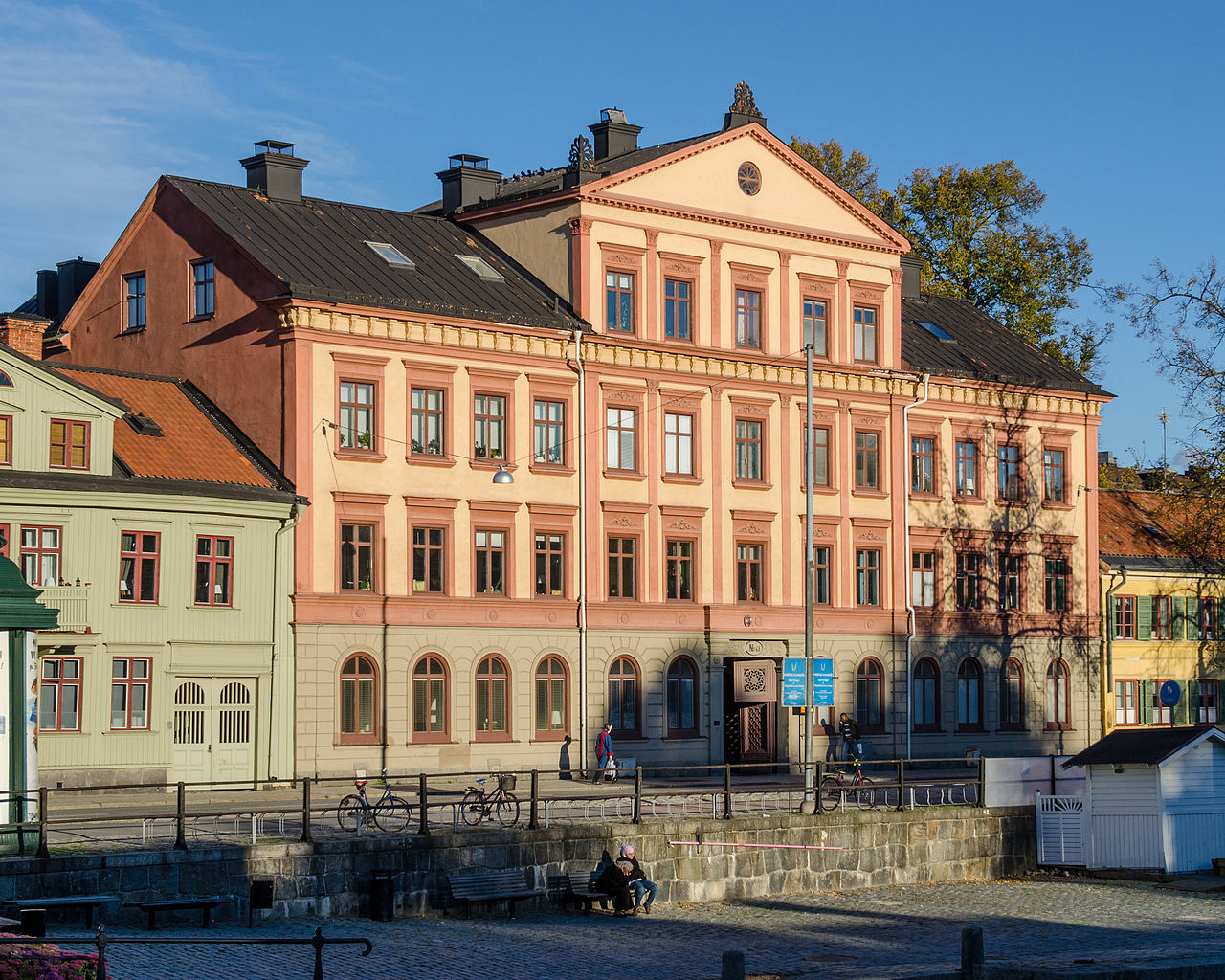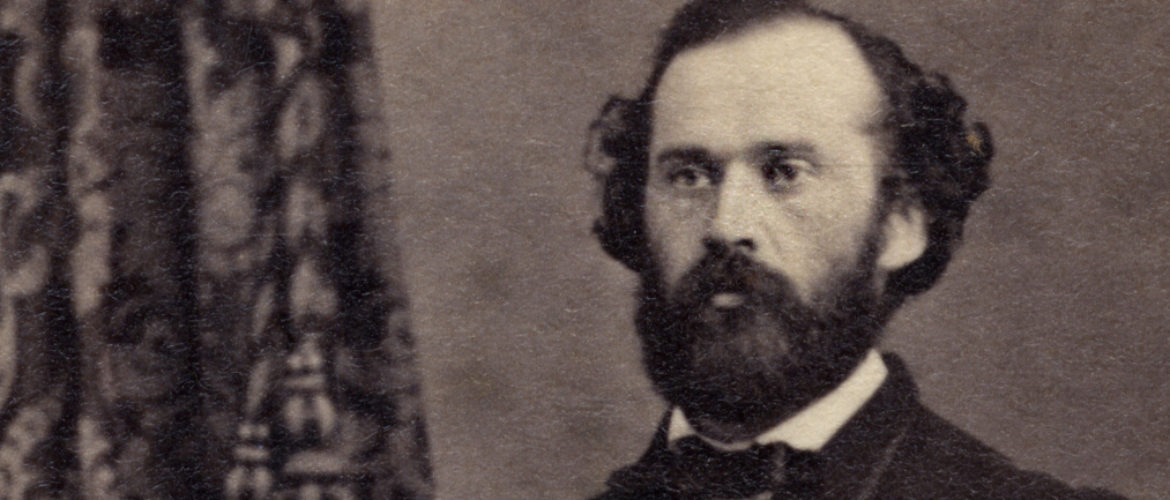1906-1998.
Archaeologist.
Greta Arwidsson was born in Uppsala in 1906, the daughter of Ivar and Anna, who were both academics.
In the 1930s, after studying at Uppsala University, Arwidsson participated with Professor Sune Lindqvist in the investigations of the boat burial field at Valsgärde, which is located 7 km north of Uppsala on the Fyrisån River and is a large burial field used during the Iron Age.
She was an associate professor at Uppsala University, and later became the county antiquarian on Gotland and a member of the Swedish Academy of Letters. Arwidsson carried out several important surveys on Gotland. Arwidsson also participated in investigations of Birka and thus contributed to Birka research, including as editor and author of research publications.
In 1956, Arwidsson was appointed professor of archaeology. She was also internationally recognized for her work in archaeology. In her name, "Greta Arwidsson's Friends" was founded, an association for women active in national and union life in Uppsala.
From Greta Arwidsson's book from 1942 about the finds in Valsgärde. The picture shows a helmet found in one of the graves. Photo: Wikimedia Commons.
Burial site: 0217-1257
Image description: Greta Arwidsson at the Museum of Nordic Antiquities, Gustavianum, Uppsala, unknown year. Gunnar Sundgren / Upplandsmuseet. [The image is cropped]
Click here for an uncropped image

